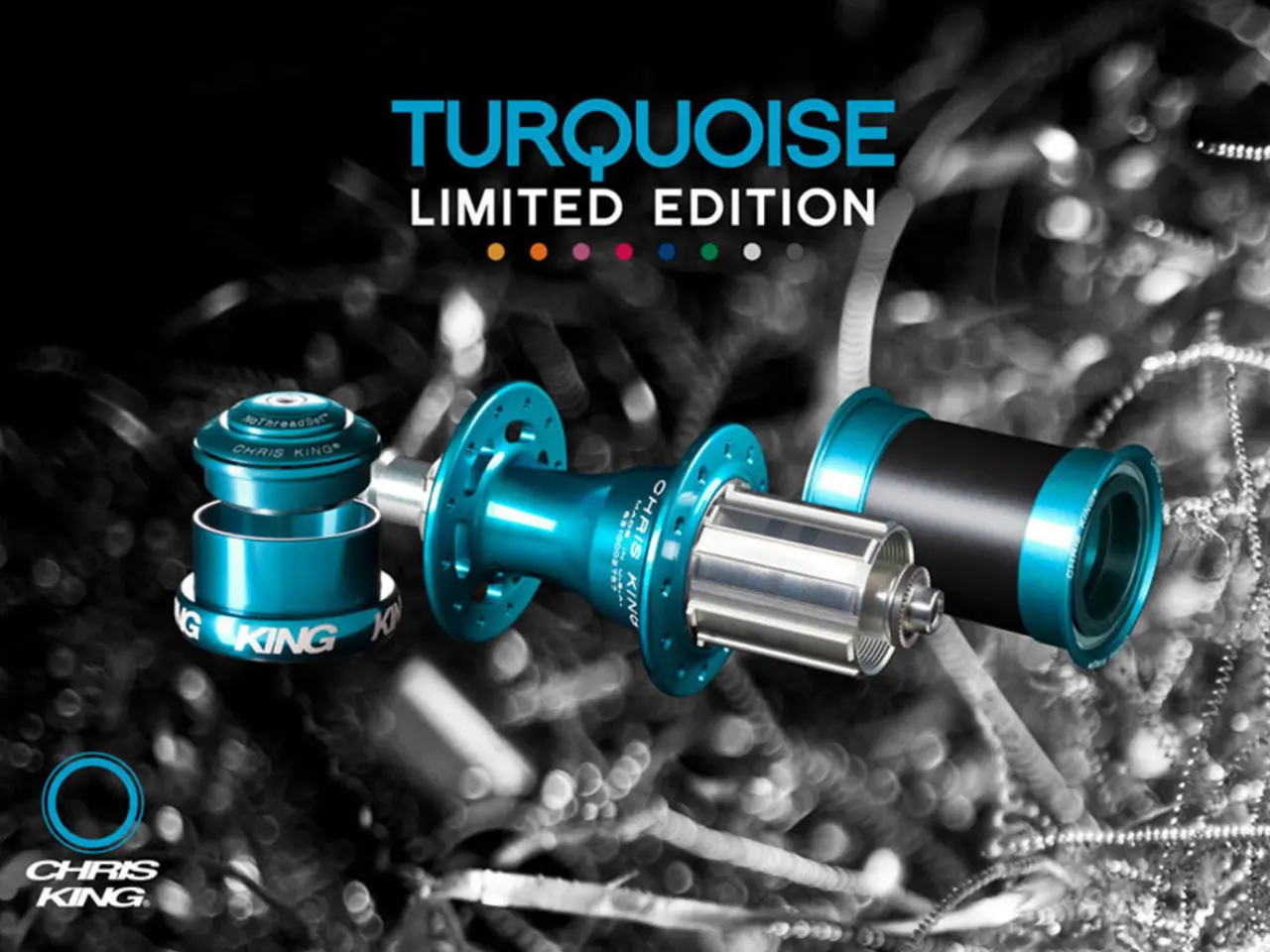Mastering Vocal Recording Techniques at Home: A Comprehensive Guide
## Practical Guide for Home Vocal Recording with a Condenser Microphone
Recording high-quality vocals at home using a condenser microphone is within reach with careful setup and technique. Here is a compilation of expert-recommended steps and methods to help you achieve professional-sounding results:
### Environment Preparation
- **Select a Quiet Space:** Choose a room with minimal background noise and echo. A wardrobe filled with clothes can serve as an effective improvised vocal booth, reducing reflections and improving clarity [4]. - **Minimize Reflections and Echo:** Utilize thick curtains, rugs, bookshelves, and DIY foam panels to absorb room reflections. A reflection filter behind the microphone can also help minimize unwanted ambient noise and echo [1]. - **Eliminate Noise Sources:** Turn off fans, electronics, and appliances. Record during quieter hours to minimize interruptions [1]. - **Position the Microphone:** Keep the microphone away from walls to reduce reflections, typically at the center of the room or booth. Adjust the height to match your standing or seated position [3].
### Microphone Technique
- **Distance and Position:** Place the condenser microphone 6–8 inches from your mouth, slightly off-axis (not directly in front) to reduce plosives (popping sounds) [1]. - **Use a Pop Filter:** Always attach a pop filter between you and the mic to soften harsh "p" and "b" sounds and protect the capsule from moisture [1]. - **Adjust Mic Settings:** Many condenser mics, like the Yamaha YCM705, offer switches for low-cut filters (to remove rumble) and pad controls (to prevent clipping). For most vocals, set the pad to 0dB unless recording extremely loud sources [5]. - **Monitor Your Recording:** Use headphones to listen in real-time, ensuring you’re capturing clean, undistorted audio.
### Recording Process
- **Document Your Takes:** Record multiple takes and comp the best parts. Consider documenting your songwriting and recording process for content or fan engagement [1]. - **Layer Vocals and Harmonies:** Use your condenser mic’s sensitivity to layer harmonies and doubles, adding depth to your recordings [1]. - **Test and Adjust:** Listen back and adjust microphone placement or room treatment as needed for the best sound before committing to final takes.
### Additional Considerations
- **Condenser vs. Dynamic:** Condenser microphones are more sensitive and capture a wider frequency range, making them ideal for detailed vocal recordings, but they also pick up more room noise and require careful setup [2][5]. - **Budget-Friendly Options:** You don’t need to spend a fortune; there are quality budget condenser mics suitable for home recording [1]. - **Acoustic Treatment:** If possible, add acoustic panels or bass traps to further control room sound, especially if you record frequently [3].
## Key Takeaways
| Do | Don’t | |-------------------------------------------------|----------------------------------------| | Use a pop filter and mic stand | Record in untreated, echoey rooms | | Control your recording environment | Place mic too close or directly on-axis| | Layer vocals and harmonies | Ignore monitoring and playback | | Record multiple takes for comping | Overlook background noise sources | | Experiment with mic filters and pads | Forget to test mic placement |
By following these steps, you can achieve clean, professional-sounding vocal recordings at home, even with basic equipment and room treatment [1][3][4].
- Compression can be applied to even out the dynamics, ensuring consistent levels throughout the track. - A pop shield can reduce plosives, such as "p" or "b" sounds, in recordings.
- To reduce plosives, place the condenser microphone 6–8 inches from your mouth, slightly off-axis, and use a pop filter.
- A quiet space with minimal echo, such as a wardrobe filled with clothes, can serve as an improvised vocal booth for better recording quality.
- Utilize thick curtains, rugs, and DIY foam panels to absorb room reflections, and position the microphone away from walls for clearer audio.
- Using a home studio and recording software, layer harmonies and capture multiple takes to comp the best parts, adding depth to your music.
- Technology, such as an audio interface, allows musicians to connect various microphones and instruments to their computers for recording, mixing, and producing music.
- Implementing acoustic treatment, like adding acoustic panels or bass traps, can further control room sound in your home studio, improving the overall quality of your recordings.
- Your lifestyle as a musician or music enthusiast involves embracing the ever-evolving world of entertainment and technology, whether producing music for personal enjoyment or sharing it with others.




